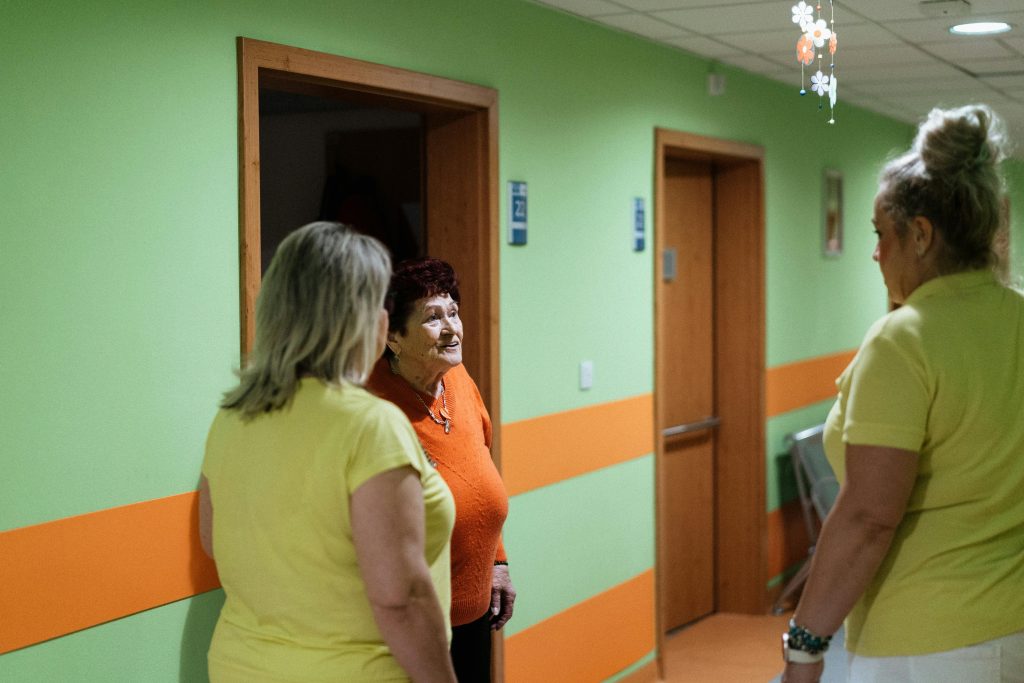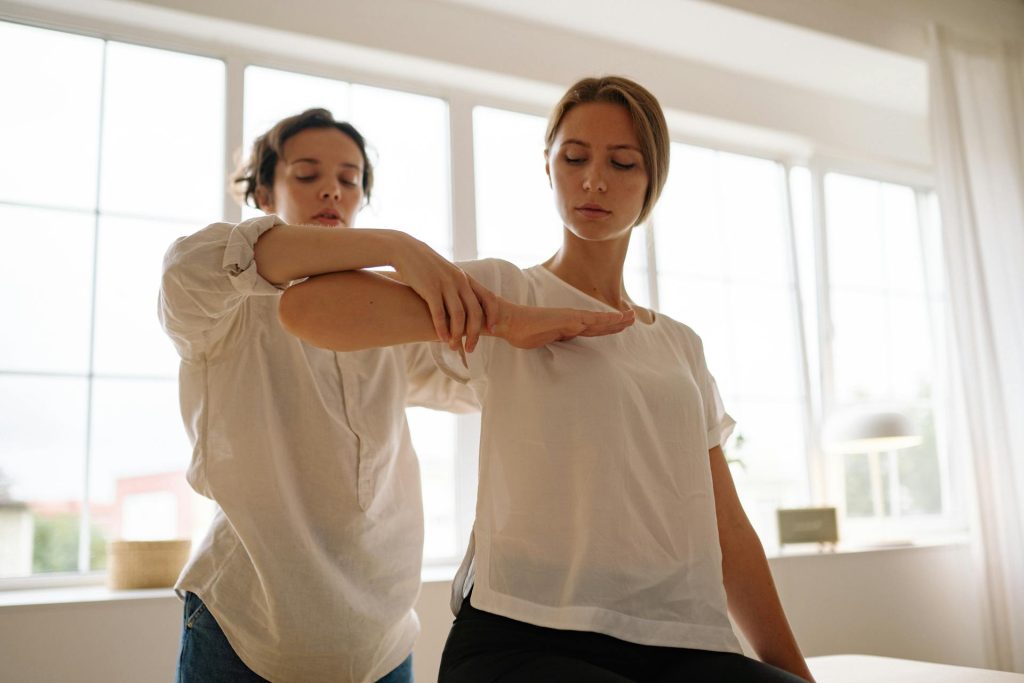Life in a walkable city invites a new rhythm. Morning coffee runs, strolls to work, and weekend errands all become part of your daily steps. The shift feels freeing until your feet start to protest from the extra miles on pavement.
City sidewalks are unforgiving, and even the most active person can experience discomfort without preparation. The key is to strengthen and protect your feet before problems appear.
Caring for your feet is not only practical but essential. Here is how to keep them healthy and pain-free as you settle into your new walkable lifestyle.
Assess Your Current Foot Health and Gait
A move to a walkable city can reveal weaknesses you never noticed before. Maybe your shoes wear unevenly, or your arches ache after long distances. These small warning signs often point to alignment issues or imbalances that become more noticeable with extra walking.
Understanding how you walk, also known as your gait, helps you prevent injuries before they happen. Podiatrists and many athletic stores offer gait assessments that measure how your feet strike the ground and where pressure builds.
Armed with that knowledge, you can choose footwear and support options that match your walking style, rather than relying on guesswork.
Invest in Supportive Walking Shoes Suitable for Concrete
City sidewalks are unrelenting. Each step transfers shock up through your feet, knees, and hips. A high-quality pair of walking shoes cushions that impact and help distribute weight evenly.
You could look for sturdy soles, strong arch support, and breathable materials that hold their shape. Try several brands until you find a model that fits comfortably and feels stable when walking long distances.
Generally, custom orthotics and insoles can take comfort to the next level, especially if you have flat feet or previous injuries. Support should feel natural, not forced.
Rotate Between Multiple Pairs of Shoes

Wearing the same pair every day compresses the cushioning and limits airflow. You could consider rotating between two or three pairs, giving each set time to recover and maintain support.
A variety of shoes also challenges different muscles in your feet and legs, helping you stay balanced and reducing repetitive strain.
It can be practical as well. A lighter pair might suit quick errands, while sturdier walking shoes can handle longer routes or uneven sidewalks.
Perform Daily Foot-Strengthening Exercises
Feet contain dozens of small muscles that need conditioning just like any other part of your body. Weakness in those muscles leads to fatigue and pain. Simple routines can make a huge difference.
Toe curls, calf raises, and towel scrunches build strength in your arches and improve stability. Rolling a ball under your foot helps loosen tight tissue and boost circulation.
Even five minutes a day keeps your feet more resilient and better prepared for the demands of constant walking.
Apply Blister Prevention Strategies Before Long Walks
Blisters are more than a nuisance as they can stop you from walking altogether. Prevention begins before you step outside. Apply anti-friction balm or powder on common hot spots like heels and toes.
Socks matter, too. Synthetic or wool blends wick away moisture and reduce friction far better than cotton.
For new shoes, start with short outings so your feet can adjust gradually. Protective habits like these spare you discomfort and allow you to explore the city without interruption.
Track Foot Soreness and Signs of Overuse

Listening to your body is key. Some soreness is natural when walking more, but sharp or persistent pain signals overuse. Paying attention early prevents small aches from becoming long-term problems.
A simple note on your phone or calendar helps track when and where pain appears. Patterns often point to issues like poor support or overtraining.
You can try taking rest days when needed to allow muscles and ligaments to recover. That makes each step afterward stronger and more comfortable.
Schedule Regular Check-Ups with a Podiatrist if Needed
Professional care is as crucial as any other efforts you make to improve your routine. Podiatrists identify underlying issues such as stress fractures, tendon inflammation, or nerve compression before they worsen.
Regular visits ensure your footwear and insoles still fit your needs as your walking routine evolves. Early adjustments can prevent chronic problems later.
If pain persists or numbness develops, a professional evaluation can provide both reassurance and solutions that keep you active.
Walking Toward a Balanced Life
Settling into a walkable city should feel liberating, not painful. A few mindful choices, whether supportive shoes, consistent care, or early attention to discomfort, can keep your feet healthy for years to come.
Every step through your new neighborhood becomes easier and more rewarding when your foundation is strong. Caring for your feet allows you to enjoy the rhythm of city life with comfort, confidence, and energy to spare.



















